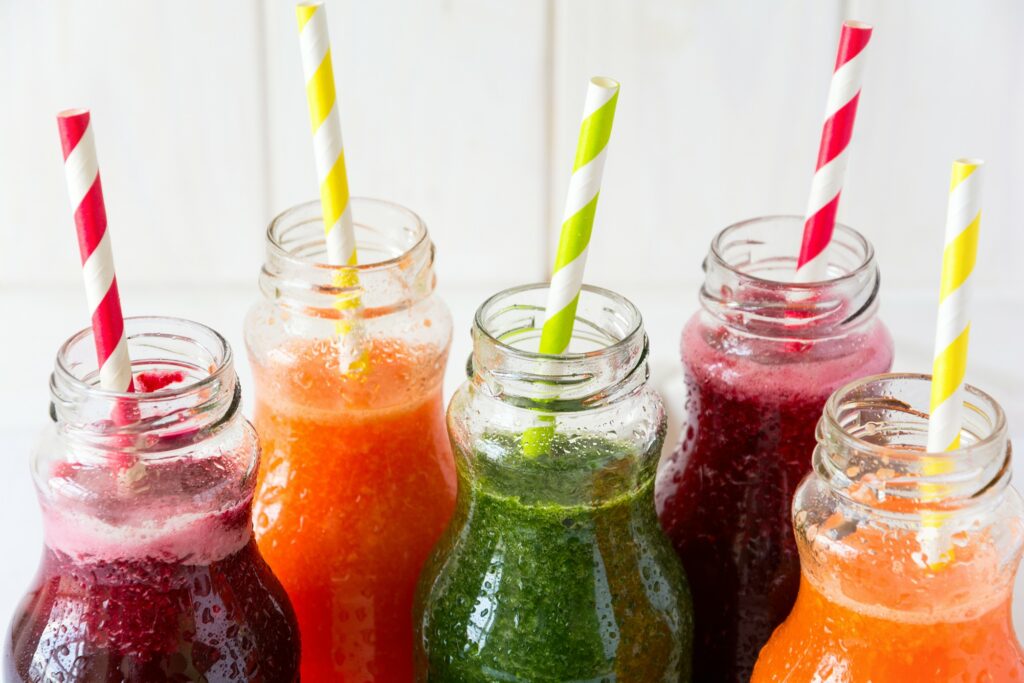The beginning of a new year or a new stage in your life is often a really good time to hit the “reset” button. Especially when it comes to what we eat. But what are the best ways to cleanse our bodies, and what are the best programs to help us detox and reset our bodies and minds? Have a look at our round-up of some of the best detox food programs to try right now, including smoothie cleanses, the plant-based diet detox, intermittent fasting and more.
what to do when it’s time for a reset in your eating habits
For many of us, it’s time for a much needed reset. And even it the uncertainty and stresses of 2024 have carried over into the New Year, we’re cheering you on. Don’t let the residue of 2024 ruin your chances at attaining your 2024 health goals.
While the recent news cycle probably had lots of us reaching for that extra glass of wine, it’s not too late to cut back on indulgences that may actually be adding to our angst.
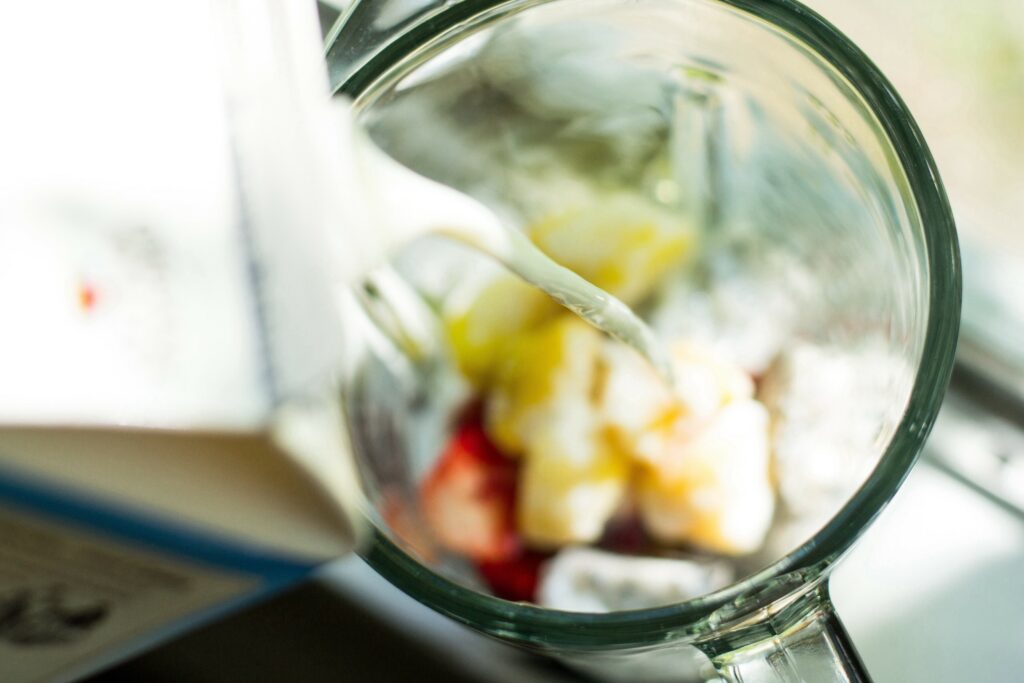
The best new detox food programs for 2023 to cleanse mind and body, including smoothie cleanses, plant-based diet, intermittent fasting.
To help cut through the noise, we’ve spoken with nutritionists and dietitians to give you some thoughts on some of the best detox cleanses to try in January 2024, including smoothie cleanses, plant-based dieting, intermittent fasting, and more.
Here’s everything you need to know to get started.
what does it mean to “detox?” and why do it?
The goal of a detox is really simple: cutting out anything that isn’t serving your body well. A detox is a chance for a reset, where you “alter your habitual daily practices and let go or lessen practices that do not serve you,” Christina Towle, a New York-based clinical nutritionist tells us.
It’s all about eliminating unhealthy foods and drinks to give your digestive system and your liver a break. Dr. Nona Djavid, a nutritionist and founder of weight loss program, SoulScale, explains that detoxing reduces the inflammation inside the lining of vital organs. “Fat cells hold onto toxins. And when you detox, the fat cells shrink and release those toxins causing inflammation to diminish; resulting in a healthier immune system,” Djavid says.
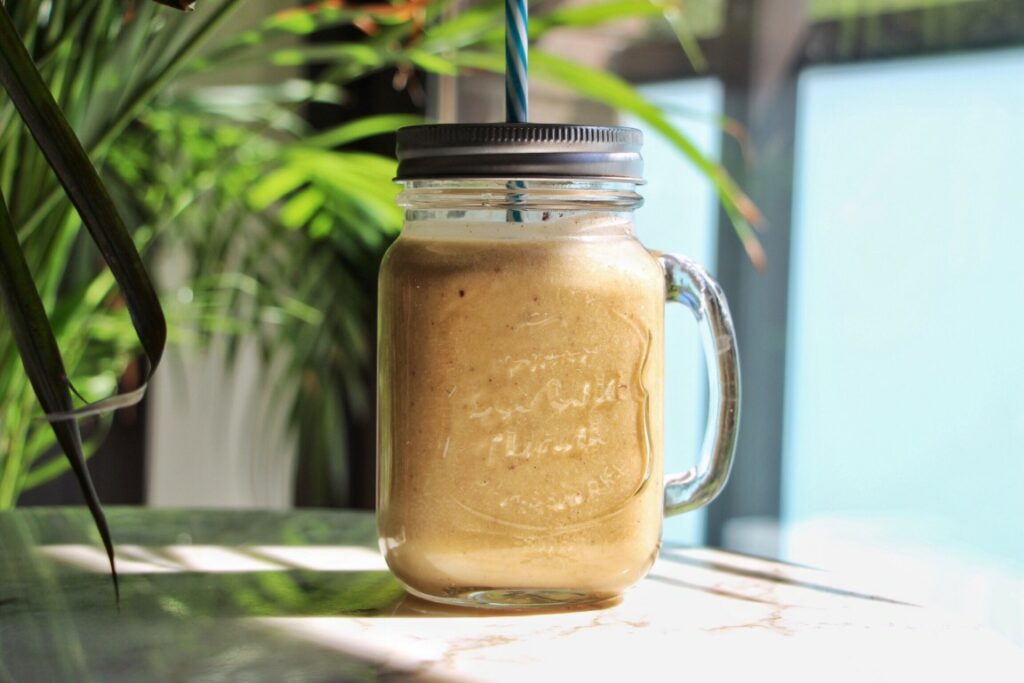
Some of the best detox food programs for 2024 to cleanse mind and body include smoothie cleanses, plant-based diet and intermittent fasting.
Limiting your consumption of unhealthy foods – like processed foods, refined sugars, fatty carbohydrates and some dairy products can lead to less inflammation, better heart health, disease prevention and less anxiety, Djavid notes.
detox methods and eating plans to consider for 2024
1. the smoothie cleanse
Singer and body-positivity icon Lizzo went on a headline-making 10-day green smoothie detox created by nutritionist JJ Smith. The songstress documented her progress on TikTok, sharing her daily consumption of foods like green smoothies, superfood shakes, apples with peanut butter, and cucumbers soaked in apple cider vinegar. Her reasoning? “I drank a lot, and I ate a lot of foods and f—-ed my stomach,” she said in a social media video to fans, adding, “I feel amazing.”
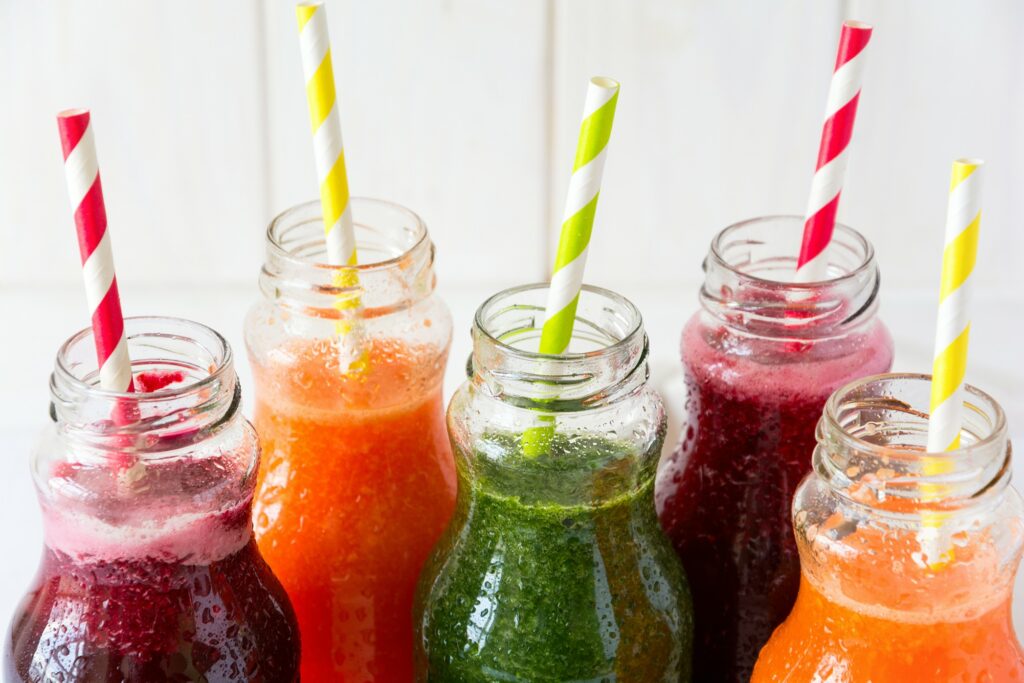
Some of the best new detox and cleanse programs to try this year.
Rather than using the smoothie detox as a weight loss tool, for Lizzo it was a way to cleanse her digestive system and shed some unhealthy habits in a healthy and effective way.
Erin James, a sports nutritionist and founder of plant-based food products brand SQUAY, recommends drinking 1 to 2 smoothies per day. But that comes with a cautionary note.
“If you are having two in a day, make sure vegetables are your main ingredients,” James tells Dandelion Chandelier, stressing the importance of being mindful of your overall sugar intake if you plan to have one or two smoothies a day. There is no set duration of time you can do a smoothie cleanse, as long as your sugar intake is well-balanced, she says. She recommends that women aim not to exceed 25 grams of sugar daily.
Also, beware of store-bought smoothie detoxes, Djavid urges. They rely heavily on fruit, and can actually make you crash in the middle of the day. Whenever you can, make your own smoothies with low-sugar fruits. Like apples, kiwis, blueberries, bananas, pineapples, and strawberries.
2. the Bone Broth Cleanse
Bone broth is another effective way to ensure a strong, well-functioning immune system, as drinking it cleans out the gut lining and provides a high concentration of minerals. Although you can easily find bone broth at a supermarket, it’s quite simple to make at home. Just simmer a broth of your choice with beef or poultry bones and vegetables.
“Bone broth allows the body to relax from digestion and catch-up so it can optimally work,” Towle says. Djavid agrees, noting that bone broth contains gelatin – which is an anti-inflammatory and soothes the digestive system. “It’s been known to help calm food sensitivities as well. It also contains probiotics, which foster a well-balanced digestive system,” she says.
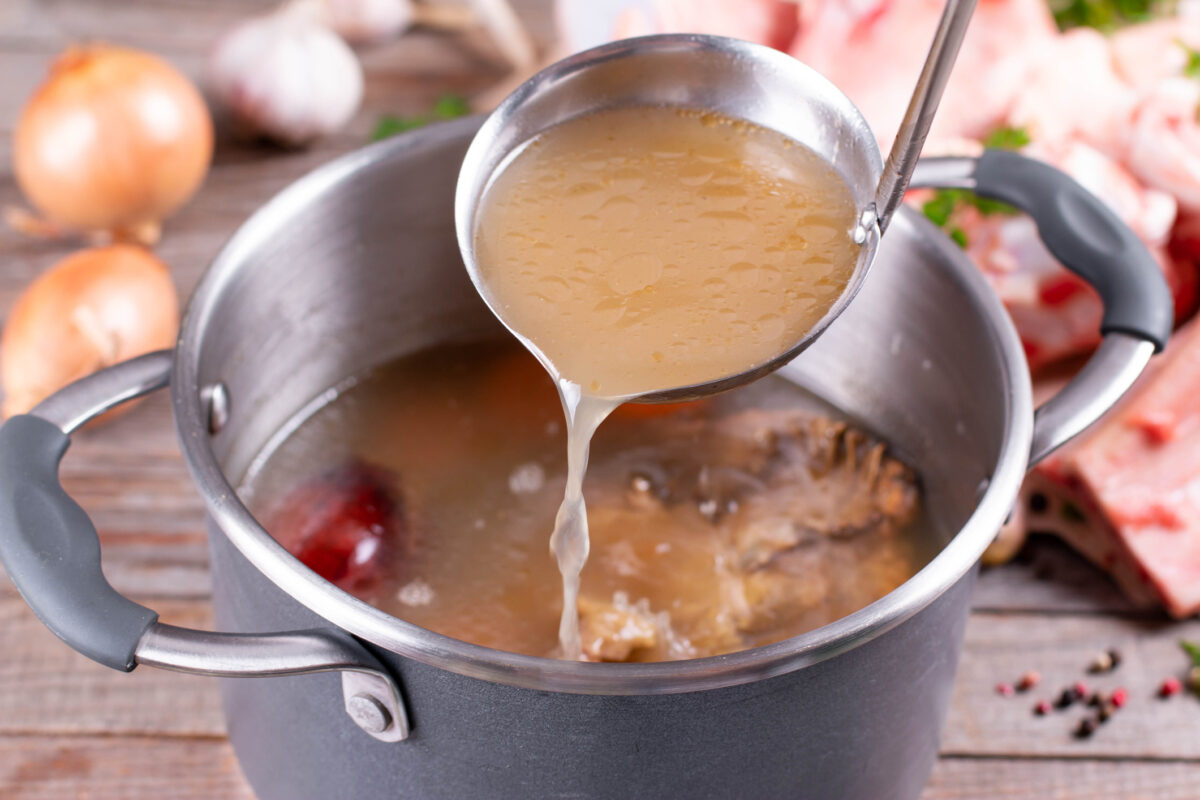
Detox food programs to consider to cleanse mind and body, including smoothie cleanses, plant-based diet, intermittent fasting.
“Packed with super nutrients and just enough protein, bone broth heals and seals the gut lining, preventing and healing gut permeability,” Djavid tells us. The broth is said to seal holes in the intestines – which can help ease diarrhea, constipation and food intolerances. Bone broth is also said to help you sleep better.
“Most people doing a bone broth cleanse will get results within the first three days: clear skin, more energy, increased clarity, better sleep, and less gas/bloating,” Djavid states.
Djavid recommends doing a bone broth cleanse in tandem with a diet of steamed vegetables to give the body additional energy resources. Other options include sipping on bone broth daily; executing a 3-5 day cleanse; or doing a bone broth cleanse to coincide with the change of each season.
just remember: detoxes and cleanses are temporary
All of our experts agree: when detoxing, remember to be mindful of the other lifestyle choices you make. You will only see maximum results while detoxing if you continue to move your body, get enough sleep and keep calm.
Although juice cleanses and detoxes are popular and successful, it’s important to note they are temporary. “You can’t expect to take the short route and have a diet work long term.” Carrie Gabriel MS, RDN and founder of Steps2Nutriton tells us.

Detox food programs to cleanse mind and body include smoothie cleanses, plant-based diet, intermittent fasting.
She adds that for long-term health and well-being, “You have to have a routine. Go grocery shopping and make your own food because that’s how you’ll have more control over the things that are in your food.”
With that in mind, here are some longer-term eating plans that might be good to try right now.
longer-term eating and nutrition plans to consider
1. the Mediterranean Diet
The Mediterranean diet has long been ranked as the No. 1 diet, according to U.S. News & World Report’s annual survey. The key to it is loading up on whole foods like fruits. Plant-based foods like leafy greens. Lentils, grains, fish and olive oil. And limiting any foods that are processed.
If you choose this eating plan, aim for seven to ten servings of fruits and vegetables, consume whole grains and healthy fats, eat fish twice a week and limit red meat.
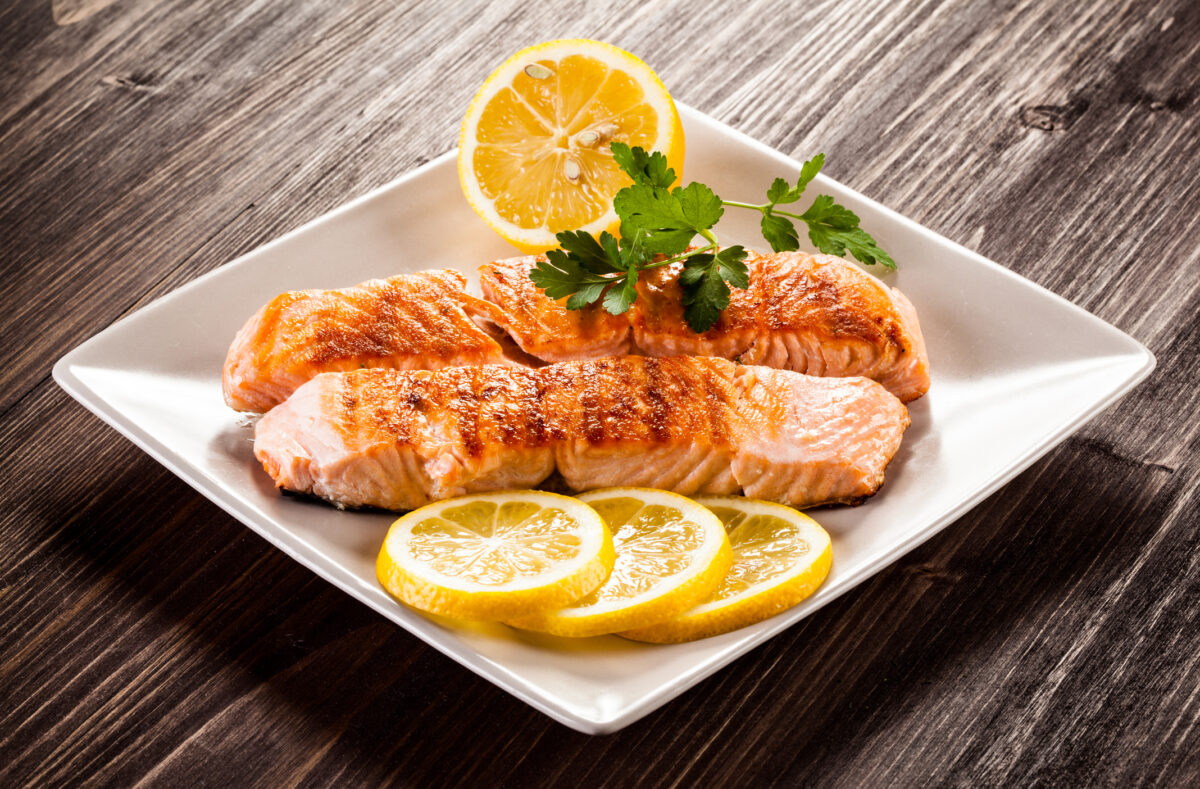
Best new detox food programs for 2023 to cleanse mind and body, including smoothie cleanses, plant-based diet, intermittent fasting.
“The main reason the Mediterranean diet is a great way to eat is that it mainly incorporates all the things we are meant to have as humans: healthy fats, small amounts of animal protein, nuts, fruits, and limited amounts of dairy,” Djavid tells us. She adds: “It’s a great way to maintain a healthy lifestyle.”
Here are some examples of easy meals and snacks that adhere to the Mediterranean diet:
- Rolled oats with walnuts, banana, and a sprinkle of cinnamon.
- Grilled vegetable kabobs with grilled tofu, and a quinoa and spinach salad.
- Lettuce wraps filled with shrimp, garbanzo beans and cabbage
- Omelets filled with tofu, green onion, tomato, green peppers and topped with sliced avocados
2. a partial or full plant-based diet
Switching to a more plant-based diet can be good for you and the environment. A plant-based diet is focused on consuming whole foods and avoiding or minimizing meat, refined foods and sugars, and dairy.
“Adding alkaline veggies to your diet will help wash away acidic build-up,” Towle tells Dandelion Chandelier.
If you aren’t prepared to adapt a plant-based diet just yet, try one meatless day a week and see how you feel before incorporating additional days. “Many people make the mistake of thinking that because something processed says plant-based it’s actually healthy. It’s okay to buy processed foods here and there, but the majority of your food should be natural,” James tells us.
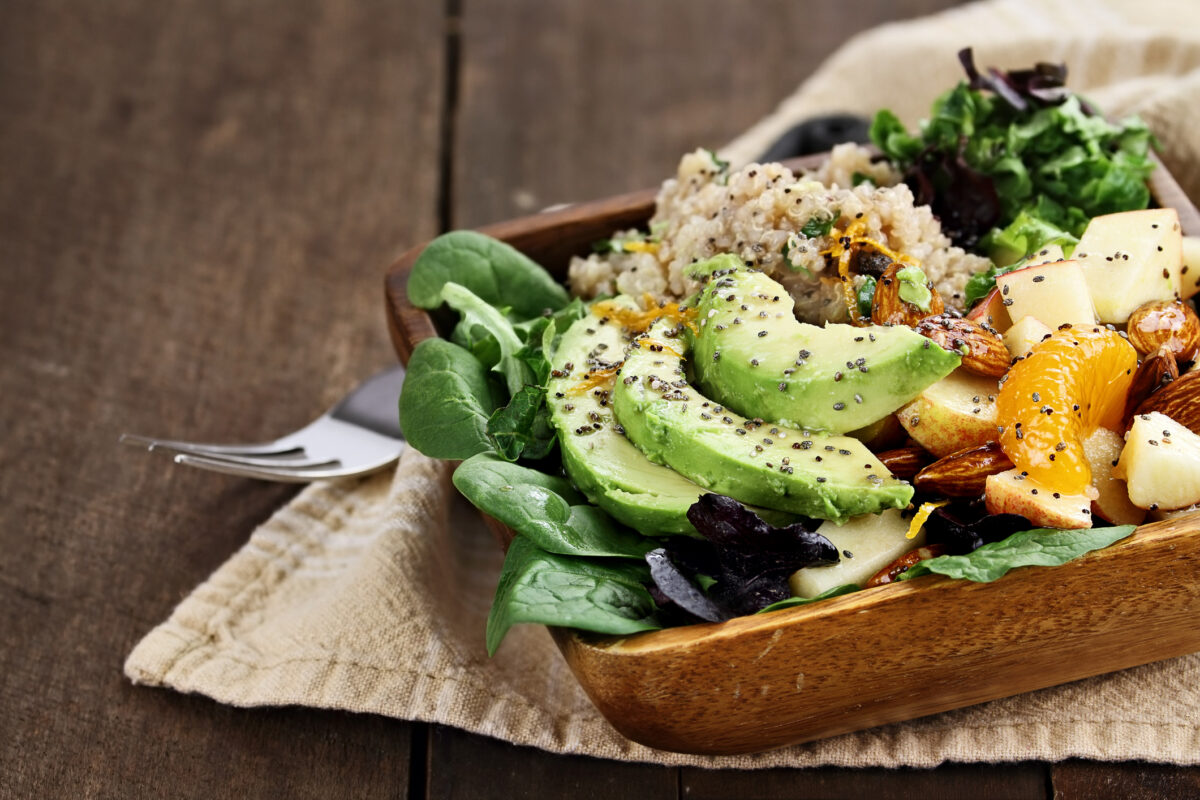
Our experts recommended mixing in the following ingredients: berries, quinoa, whole grains, brown rice, sweet potatoes. Add chia seeds, hemp seeds, pumpkin seeds as protein. Then be sure to include some healthy fat add-ons.
“Chickpeas provide lots of protein. Aim for dried garbanzo beans and soak them in water overnight so they are easier on the stomach,” James explained.
3. Intermittent Fasting
Intermittent fasting (IF) is all about timing your food rather than restricting food groups. The most common method is called the 16:8, where you fast for 16 hours and eat for eight. This may sound radical. But sleeping hours count in your fast. IF is popular among many due to its flexibility and bespoke approach. You get to choose how large or small your fasting and eating windows are.
Newcomers often find 12:12 is a good transition into intermittent fasting. You eat for 12 hours and fast the rest. For example, you’d eat three meals from 8:00 a.m to 8:00 p.m, every day. Others chose to do a 5:2 fast where you commit to IF twice a week and restrict calorie intake to 500 calories a day. Then eat regularly on the days you aren’t fasting.
The great thing about intermittent fasting is no food groups are off-limits. You are in complete control of what you are eating. If done successfully, you can burn more calories, lose weight and boost your immune system.
the bottom line: find an eating plan you actually enjoy
The dieticians and nutritionists all agree on the most important headline from this review of the best new detox programs: health and wellness practices should inspire you. Not punish you. You should like the foods you are eating or else it won’t work. “If you dread doing something everyday, it will never last,” James shares. Make sure you closely note the diet practices that work for you – and stick to something that is exciting and sustainable for you.
We’re wishing you good health as you head into a new leg of your journey, dear reader.
